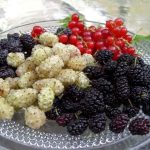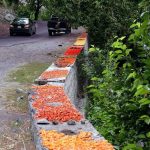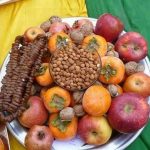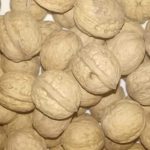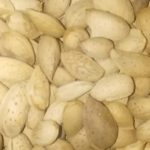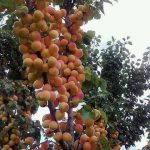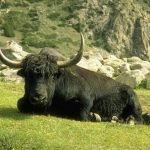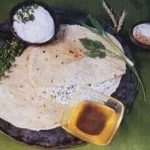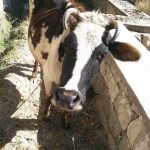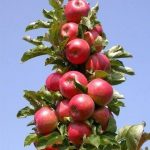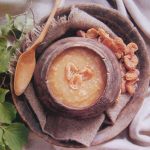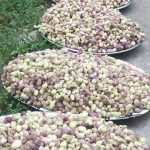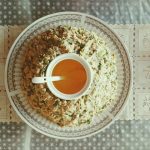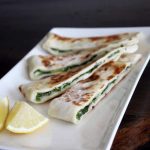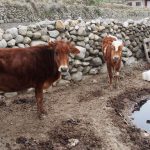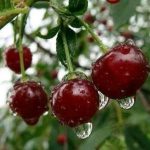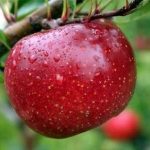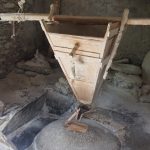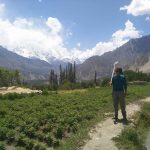The foods of the Hunza are free from preservative, artificial colourings, organically grown and pesticide free, in short all natural. Our traditional recipes have been handed down from generation to generation, changing little over the years.
Hunza, with its low rain fall, relies on the glacial waters to deliver silt to its garden terraces and with generations of animal and plant waste being composted into soil, the Hunza Valley has been able to remain self-sufficient for millennium.
In years gone by my people have had two diets, one for winter and a vastly different one for summer. This is not so evident in today’s society. Land was and is of a premium so each family was allotted five acres and because of scarcity of pastures were limited to the number of domesticated animals kept. Usually a milking cow, a heifer or bull for later meat, a goat or two also for milk and meat, maybe some chickens.

